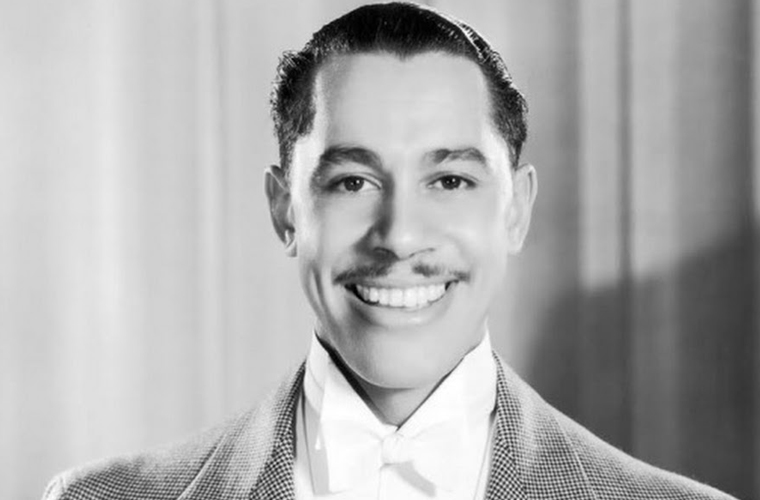Cab Calloway, born Cabell Calloway III on December 25, 1907, in Rochester, New York, was a pioneering figure in the world of jazz and entertainment. His influence on the music industry and popular culture has left a lasting legacy that continues to inspire artists and entertainers to this day. Calloway’s early years were marked by a deep passion for music and performance. Growing up in Baltimore, Maryland, he discovered his love for singing and developed a vibrant stage presence that would become his trademark. It was during this time that Calloway’s interest in visiting racetracks also took root, a pastime that would remain a lifelong passion.
After relocating to Chicago, Illinois, Calloway briefly pursued a legal education at Crane College (now Malcolm X College). However, his heart was always set on a career in music. His time in Chicago proved to be formative, as he immersed himself in the city’s vibrant jazz scene and honed his skills as a performer and bandleader. Calloway’s breakthrough came when he landed a regular gig at Harlem’s iconic Cotton Club, a renowned hotspot for jazz and entertainment during the 1920s and 1930s. It was here that he refined his unique style of scat singing, a vocal improvisation technique that would become synonymous with his name. His electrifying performances and charismatic stage presence quickly made him a standout figure in the music world.
In 1931, Calloway achieved widespread acclaim with his hit song “Minnie the Moocher,” which catapulted him to stardom and solidified his status as one of the era’s most beloved entertainers. The song’s infectious energy and Calloway’s dynamic vocals captivated audiences and propelled him to the forefront of popular music. Throughout the 1930s and 1940s, Calloway continued to captivate audiences with his mesmerizing performances, both on stage and in films. His larger-than-life persona and innovative approach to music set him apart as a true trailblazer in the industry. His influence extended beyond his musical talents, as he also made significant strides in breaking down racial barriers and challenging societal norms through his artistry.
Calloway’s impact on popular culture was far-reaching, and his contributions to the entertainment world earned him a place in history as one of the most influential figures of his time. His legacy continues to resonate with music enthusiasts and historians, serving as a testament to the enduring power of artistic expression. In 1994, at the age of 86, Cab Calloway passed away, leaving behind a rich musical legacy that endures to this day. His contributions to jazz and popular music have left an indelible mark on the industry, and his influence can be seen in the work of countless artists who have been inspired by his groundbreaking contributions.
As we reflect on the life and career of Cab Calloway, we are reminded of the transformative power of music and the profound impact that one individual can have on an entire artistic movement. His spirit lives on through his timeless music, ensuring that his legacy will continue to inspire generations to come.


